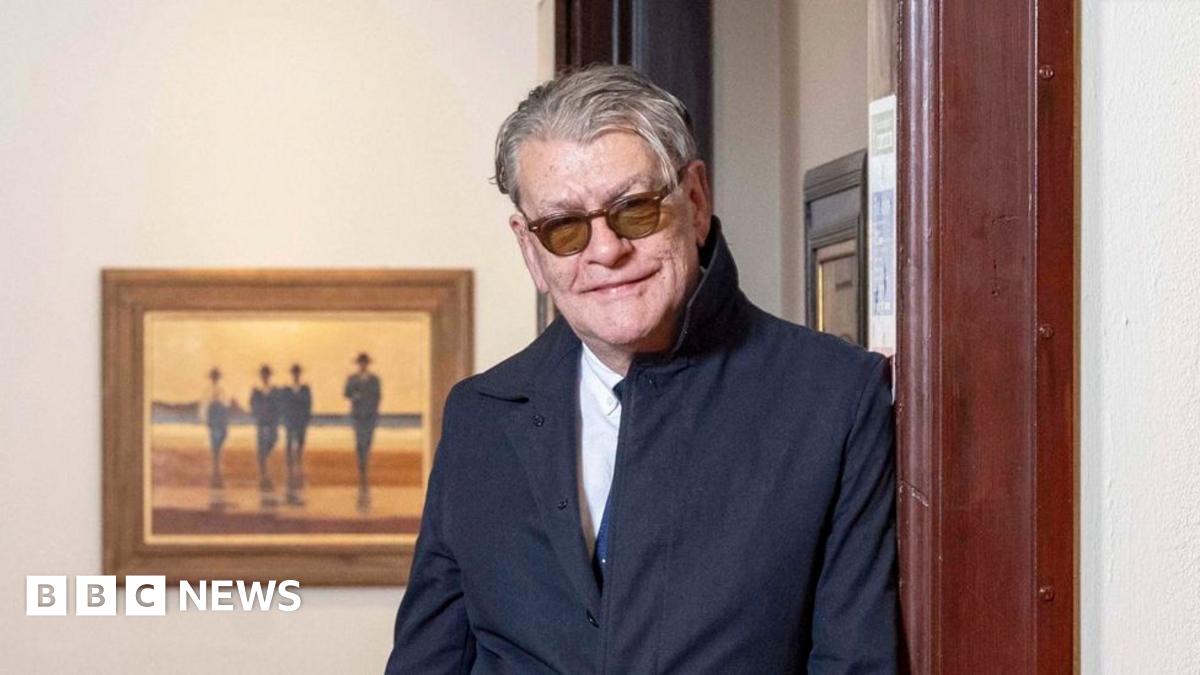Vetriano was a good technician but there was little originality. See, for example, the Singing Butler.
Many of Vetrianos images started life in a reference manual or other work.
From Wiki:
Modelling images used in artwork
In the 1980s, while she was in her mid-20s, Brady modelled for an artists' guide publication. She recalled in 2008 that the studio shoot had paid about £50 for her day's work, at a time when she welcomed the income, with her acting career yet to take off.<a href="
https://en.wikipedia.org/wiki/Orla_Brady#cite_note-Brown-25"><span>[</span>25<span>]</span></a>Photographed in a number of dancing poses, the resulting series of figure studies featuring Brady appeared in the
Illustrator's Figure Reference Manual.<a href="
https://en.wikipedia.org/wiki/Orla_Brady#cite_note-27"><span>[</span>a<span>]</span></a> More than 25 years later, it was noted that one of these images of Brady, posing as part of a dancing couple, was the basis of the main figures in a widely-known painting,
The Singing Butler, by artist
Jack Vettriano. As stated by Vettriano in 2013, Brady's image had "later inspired [his] most famous painting,
The Singing Butler". The identification of the pose study in the
Illustrator's Manual with Vettriano's painting led to media reporting that he "owed his composition in part" to that publication. Vettriano, his agent, and Brady herself, have all stated that his work makes use of the image in a way that adheres to norms of artistic practice and was in line with the publisher's intent.<a href="
https://en.wikipedia.org/wiki/Orla_Brady#cite_note-vett-28"><span>[</span>27<span>]</span></a><a href="
https://en.wikipedia.org/wiki/Orla_Brady#cite_note-Jones_Guard-29"><span>[</span>28<span>]</span></a><a href="
https://en.wikipedia.org/wiki/Orla_Brady#cite_note-30"><span>[</span></a>


